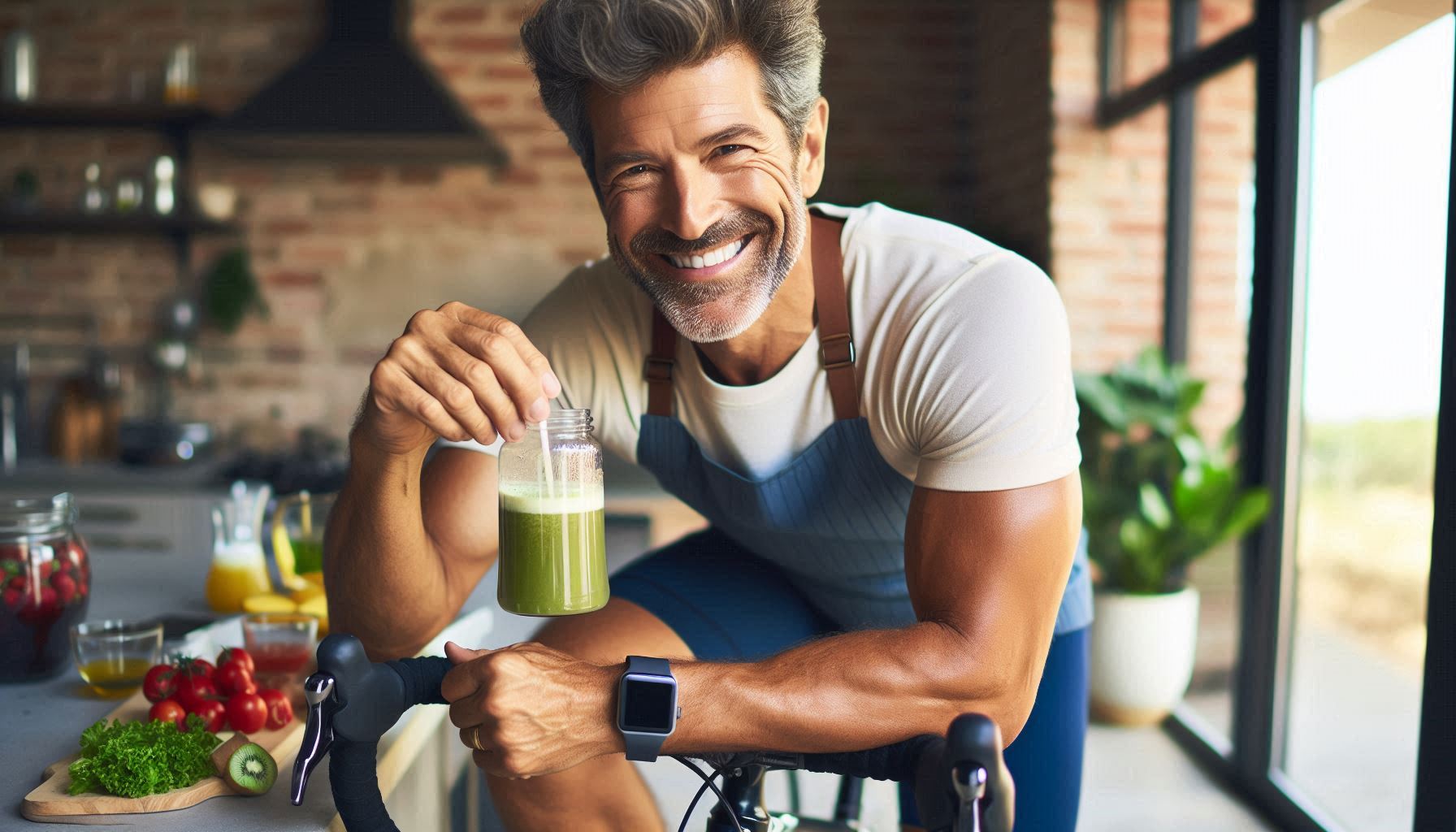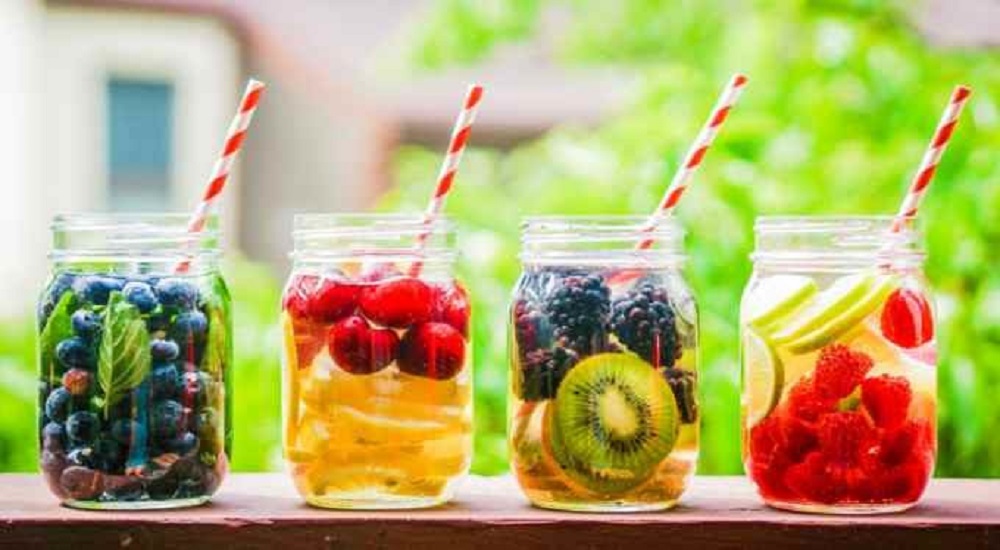How to Make Your Own Sports Nutrition and Hydration for Triathlon, Swimming, Cycling, and Running
 Karen Parnell
April 21, 2025
Karen Parnell
April 21, 2025
How to Make Your Own Sports Nutrition and Hydration for Triathlon, Swimming, Cycling, and Running
As an experienced triathlon coach and a UKAD Coach Clean advocate, I always encourage my athletes to take a thoughtful, informed approach to fuelling. That means not only focusing on what works best for your performance, but also making sure what you’re consuming is safe, clean, and fully understood.
In recent years, more age group athletes are being tested for banned substances at events, and the risk of inadvertent contamination in commercial sports nutrition is real.
Making your own fuel is one of the most effective ways to know exactly what you're putting in your body—and to reduce the chances of consuming something that could raise a red flag.
At Chilitri, we’ve put together a growing library of easy homemade sports nutrition and hydration recipes. They're tailored to triathletes, swimmers, cyclists, and runners who want to fuel smarter and cleaner.

Why Homemade Nutrition Makes Sense
There are several reasons why more and more athletes are choosing to make their own fuel:
✅Know Exactly What’s In It
Contamination with banned substances can happen unintentionally through poor manufacturing processes. By making your own, you reduce this risk dramatically. It's a key part of the food first philosophy promoted by UKAD and other clean sport initiatives.
✅Better for Your Body
Homemade options use real food ingredients—no additives, artificial colours, or mystery powders. You can adjust flavour, texture, and composition to suit your needs for each session.
✅Cost-Effective & Customisable
Let’s be honest—triathlon is expensive. Homemade fuel can save you money while still meeting your energy needs. Plus, you can tailor your recipes depending on whether you’re swimming, cycling, or running.
✅Sustainability & Clean Eating
A recent article from Triathlete Magazine raised another concern—microplastics in sports nutrition (read the full article here). It’s a growing issue, especially in processed products. Making your own fuel gives you the peace of mind that you’re avoiding unnecessary additives and contributing to a lower-waste lifestyle.

What You'll Find on Our Recipes Page
Visit Chilitri’s Recipes Page and scroll through the options. You’ll find:
- Electrolyte Drinks: Simple homemade hydration mixes using ingredients like lemon, honey, and sea salt. Perfect for long rides or hot runs. Here are some homemade energy drink ideas.
- Energy Gels: Natural alternatives using dates, fruit purees, or maple syrup. Easily digestible and kind to your gut, especially on the run. Here’s an example of an all-natural energy gel.
- Energy Bars and Bites: Real-food snacks that travel well on the bike or as a post-swim refuel. Our chocolate no bake oaty peanut butter protein energy balls are a good example of an energy snack.
- Recovery Snacks: Support your recovery with balanced, nourishing options—without needing to rely on processed shakes or bars. Here’s an example of a homemade high protein recovery smoothie.
Each recipe includes straightforward instructions, ingredient swaps, and tips for how to store and carry them during training.
You can also download our FREE recipe books with ideas for smoothies, pre and post workout snacks, soups, salads, main meals and more.
Matching Fuel to the Discipline
Making your own fuel means you can match it to the specific demands of each sport:
- Swimming: Usually doesn’t require fuelling mid-session, but a homemade recovery smoothie or snack post-swim session in training can be really effective.
- Cycling: Ideal for testing solid foods or energy bites. You can eat more comfortably on the bike because your stomach does not move much
- , so homemade bars or sandwiches work well here.
- Running: Go light—think natural gels or concentrated drinks that are easy to carry and digest. When running your stomach is moving up and down and more sensitive to heavy or solid food.
- Triathlon: Practice your full race-day fuelling strategy in training with homemade options to ensure no surprises. Fuel well before the swim, fuel early on the bike (your “rolling buffet”) to carry energy into the run.

Get your FREE recipe books
Perfect Practice Makes Perfect
One thing to remember—trial and error is part of the process. Everyone’s body responds differently, and what works on the bike might not feel great on the run.
Use your training as an opportunity to dial things in. Try different recipes, tweak the ingredients, and log how you feel. With time, you’ll create a strategy that’s dialled in just for you—safe, effective, and tasty.

Photo by Jane T D Get your FREE recipe books
Conclusion: Fuel Clean, Fuel Smart
In a world where performance, safety, and sustainability matter more than ever, making your own sports nutrition is a smart move. It gives you total control over what you consume, aligns with clean sport values, and helps protect your health and your results.
Whether you're a seasoned triathlete or just starting out, I encourage you to explore our homemade sports nutrition and hydration recipes. You'll be surprised how easy it is—and how much better you feel when you're fuelling on your own terms.
Karen Parnell is a Level 3 British Triathlon and IRONMAN Certified Coach, 8020 Endurance Certified Coach, WOWSA Level 3 open water swimming coach and NASM Personal Trainer and Sports Technology Writer.
Karen is currently studying for an MSc in Sports Performance Coaching at the University of Stirling.
Need a training plan? I have plans on TrainingPeaks and FinalSurge:
I also coach a very small number of athletes one to one for all triathlon and multi-sport distances, open water swimming events and running races, email me for details and availability. Karen.parnell@chilitri.com
Get your FREE Guide to Desk Based Exercise and Workout Playing Cards
Get your FREE Guide to Running Speed and Technique
Get your FREE Swim Workouts for Triathletes E-book
Get your FREE Open Water Swimming Sessions E-Book
Get you FREE Guide to Strength and Conditioning

Get your FREE recipe books
FAQ: Homemade Sports Nutrition & Hydration
Why should I make my own sports nutrition instead of buying it?
Making your own allows you to know exactly what's going into your body. It's cost-effective, customisable, and aligns with a clean sport approach. With the risk of contamination in some commercial products, homemade options reduce the chance of inadvertently consuming banned substances.
Is homemade nutrition suitable for racing, or just training?
It can be used for both—once you've tested it in training. Just like with shoes or kit, you shouldn’t try something new on race day. Once you’ve fine-tuned your recipes and know what works, many athletes use their homemade fuel in races too.
I’m not much of a cook. Are the recipes hard?
Not at all! Most of the recipes on Chilitri’s recipe page are very simple, with minimal ingredients and steps. If you can mix a drink or blend a smoothie, you're more than ready.
How do I know how much carbohydrate, salt, or fluid I need?
Everyone’s needs are different, depending on the sport, session length, sweat rate, and personal tolerance. Start by following the general recommendations (e.g., 30–60g carbs per hour), then test and tweak. Our recipes give rough guidelines, and you can adjust from there.
Can homemade fuel really help me avoid banned substances?
Yes. Making your own nutrition dramatically reduces the risk of accidental contamination, which can occur in commercial products due to poor manufacturing controls. As a UKAD Coach Clean advocate, I recommend a food first approach wherever possible—especially now that age group athletes can be tested.
What’s this about microplastics in commercial nutrition?
A recent article in Triathlete Magazine highlighted the presence of microplastics in some sports nutrition products, raising concerns about long-term health effects. Another good reason to make your own—natural, whole ingredients don’t come with those hidden extras. Read more here.
How do I carry homemade fuel during training or racing?
For hydration: use refillable bottles with your homemade mix.
For gels: reusable soft flasks or gel flasks work brilliantly.
For bars or bites: wrap them in compostable parchment paper or stash them in a jersey pocket or bento box.
How long do homemade nutrition items last?
Most can be made fresh on the day or stored in the fridge for a few days. Always check the recipe notes for storage advice. For race day, make your fuel the night before for maximum freshness.
Where can I find the recipes?
All the recipes are on our dedicated recipe page. Scroll through to find hydration mixes, energy gels, bars, bites, and recovery snacks tailored for swim, bike, run, and triathlon training.

